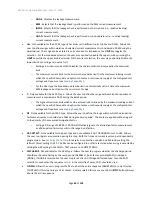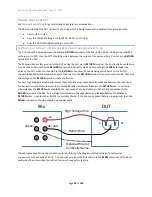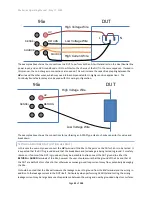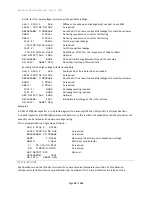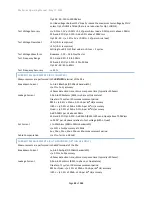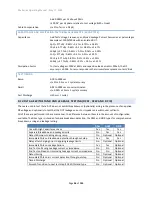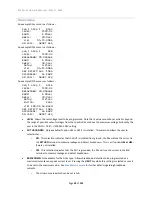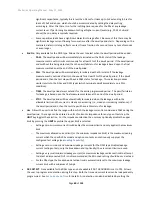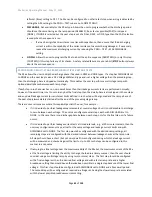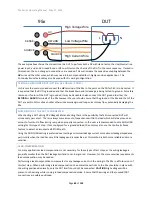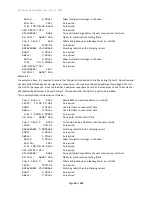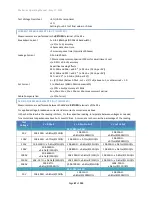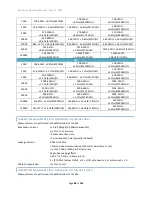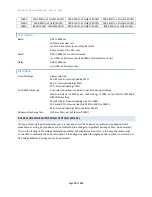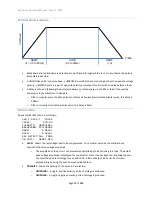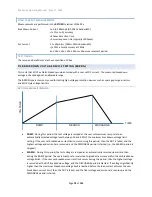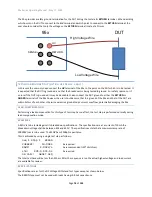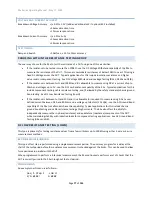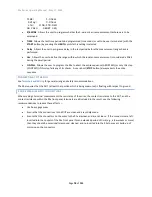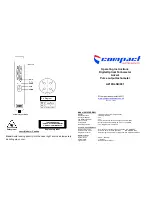
95x Series Operating Manual - May 17, 2022
Page
63
of
155
The example above shows the connections to a DUT to perform both a DC withstand test on the Line/Neutral line
power input, and an AC Ground Bond or DC Low
Ω
test on the chassis of the DUT in the same sequence. If wired in
this manner, then no changes in connections are needed. This will increase the capacitive coupling between the
HV
wire and the other wires, which may need to be compensated for in highly sensitive applications. The
Continuity Sense feature may also be used with this wiring configuration.
TESTING A GROUNDED DUT (OPTION HSS OR HSS-2 ONLY)
In this case the user only need connect the
HV
terminal of the 95x to the point on the DUT which is to be tested. It
is expected that the DUT is grounded and that the breakdown and/or leakage is being tested to ground. For safety
reasons or if unsure if the DUT is grounded, it may be desirable to also connect the DUT ground to either the
RETURN
or
GUARD
terminals of the 95x however the user should ensure that the ground of the 95x and that of the
DUT are within 5Vrms of each other otherwise excessive ground loop currents may flow, potentially damaging the
95x.
CHECKING THAT THE DUT IS CONNECTED
When testing a DUT during DC Voltage Withstand testing there is the possibility that a disconnected DUT will
erroneously pass a test. There is always some amount of capacitance within the load which will always cause an
amount of current to flow during ramp when properly connected, so the user is recommended to set a MIN LOAD
setting for this type of step. If not configured for a grounded load, the user may also use the Continuity Sense
feature to detect a disconnected RETURN path.
Using the MIN LOAD setting is preferred over setting a minimum leakage current or maximum leakage impedance,
particularly when the load has very little leakage and is capacitive, as this method is both more reliable and more
sensitive.
LEAD COMPENSATION
For many applications lead compensation is not necessary for these types of test steps, as the wiring leakage is
generally smaller than the DUT leakage limit and so can be ignored. However, for the more sensitive requirements
lead compensation may be needed.
Performing a lead compensation compensates for any leakage currents in the wiring to the 95x in all future runs of
this test step. When performing a lead compensation, the normal connections to the 95x should be in place, with
the wiring positioned normally, only the DUT itself should not be connected.
CAUTION
High voltages will be
present on the wiring while running in lead compensation mode. Ensure that the wiring and the (unused) DUT
connections are safely positioned.
SOURCE-
HV
RETURN
SENSE+
95x
DUT
High Voltage Wire
L
N
High Current Wire
Low Voltage Wire

